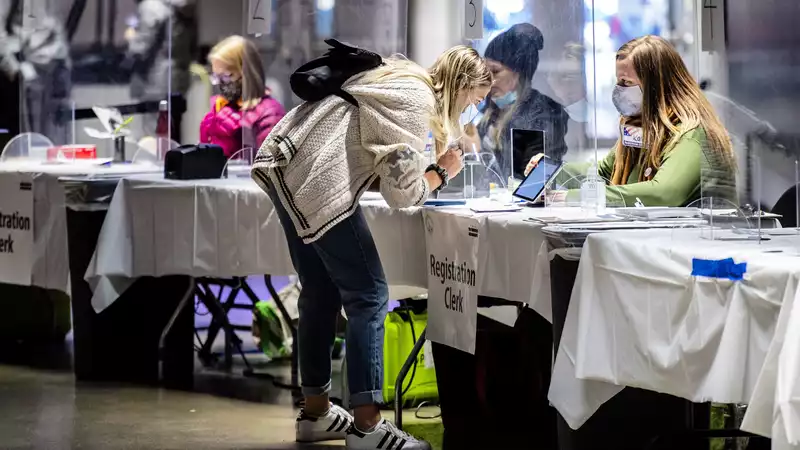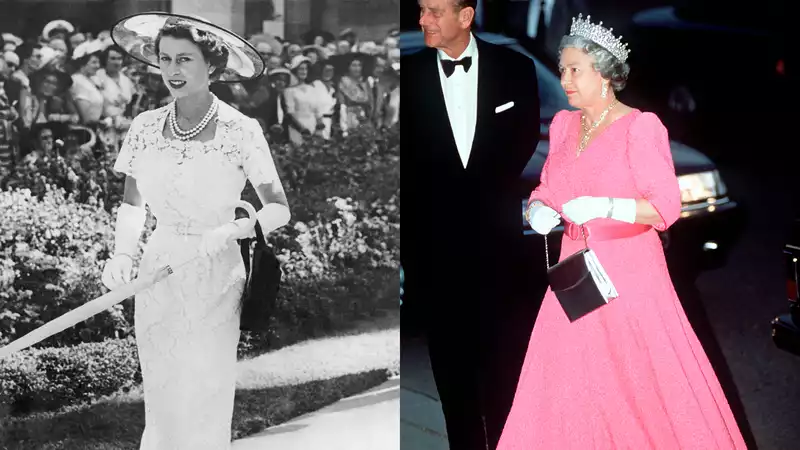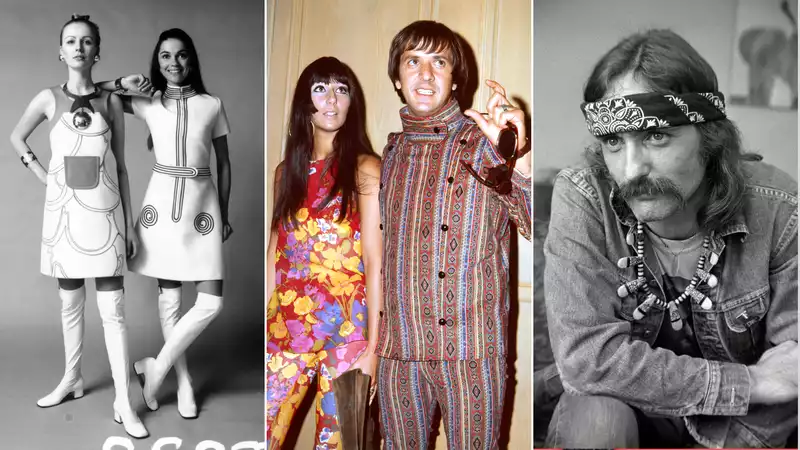Whatever the outcome, Election Day 2020 gives me hope.
The memory of Election Day 2020 is always associated with one emotion: relief. Fear, panic, excitement, more fear, and indifferent numbness. But the MVP for me is relief. Not because the results all swung the way I wanted them to. But because I saw the relief on so many people's faces when they realized how quick and easy it would be to register and vote.
I spent the latter part of that day, from about 2:00 PM to 10:00 PM, as an election official at a local polling place outside of Iowa City. I was a young person who had registered this year for a role usually filled by senior citizens to protect vulnerable populations from needless exposure to the coronavirus. At my polling place, I was one of four young people on a team of seven election officials, three of whom were women. We were masked, scattered to maintain our social distance, and began helping people vote.
Iowa is a same-day registration state, which is rarer than it should be. Registering a new voter only takes a few minutes if they have the two required documents (ID and proof of residency). We had enough computers to quickly scan everyone's IDs and enough workers to efficiently process the eligibility filings. We had enough voting booths to avoid lines. Most people were in and out within 10 minutes, partly because many voted early and partly because the infrastructure was in place. And several voters expressed surprise and relief at how fast and easy it was.
Of course, in too many states and polling places this is not the case. They change the type of identification required, close the places that issue ID cards, tighten registration deadlines, kick registered voters off the rolls, limit advance voting, and close polling places. These tactics are designed to ensure that those most likely not to vote Republican cannot vote at all. This year, many states had long lines for both advance and same-day voting, including some states where liberal values were somewhat undermined by the difficulty of voting. (In 2016, I waited more than two hours to vote, and last week, the editor-in-chief of this magazine waited nearly six hours.)
Still, I can't think of Election Night 2020 without thinking of the young woman who dashed to the polls with less than 30 minutes to go before the polls closed, chatted with my fellow election officials, whom she already knew, and still managed to get her vote in on time. She rushed to the polling place and braced herself for a long line. She got what every voter should get: a smooth and easy experience.
Indeed, America could make voting easier: automatically register all voters at age 18, mail in absentee ballots without having to request them, expand advance voting, and make Election Day a holiday or weekend. They could invest in infrastructure to make the ballot drop-off, collection, and tabulation quick, easy, and secure.
Turnout in my state, like the national trend, broke records this year. Part of the reason for this is that young people participated not only as voters, but also as organizers, campaign volunteers, and election workers. Millennials now make up a quarter of voting-age Americans (opens in new tab), with the Zoomer generation right behind them. This election was unusual in many ways, but I am optimistic that the way the youth have shown in 2020 will be thoroughly, gloriously normal. How comforting it would be if that were to happen.
.






Comments